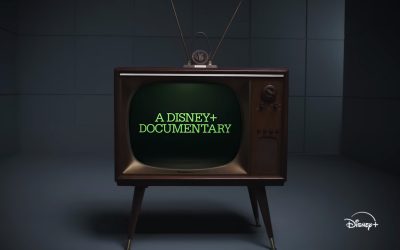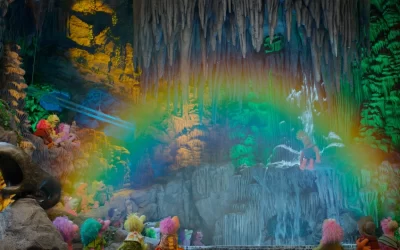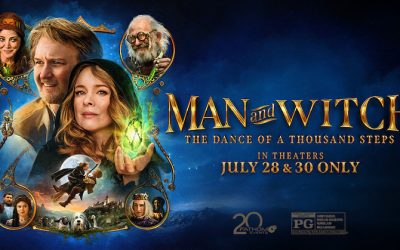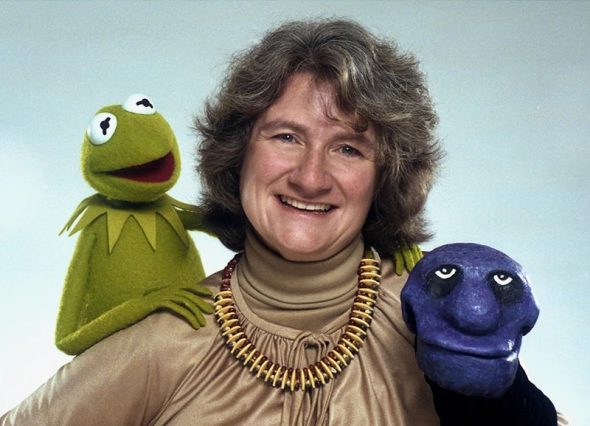
In every retelling of Jim Henson’s life story that I’ve read or seen, his professional journey roughly starts the same way: Jim creates “Sam and Friends” for WRC-TV in Washington, D.C., which becomes a smash hit, and propels Henson and his creations, the Muppets, onto a path that would lead them to worldwide stardom. Somewhere in around this point in his life, they usually mention that while simultaneously attending college at the University of Maryland, Jim meets Jane Nebel. He brings her in as his performing partner on the show, and the two eventually marry.
Why am I bringing this up? In the last couple of years, it’s been announced that Jim Henson will be the subject of both a biopic, dubbed “Muppet Man,” and a documentary directed by Ron Howard. These are both great, but…and I can’t believe I’m writing this… haven’t we heard this story before? I’m sure people with a casual interest in Jim’s life will appreciate it, but for us hardcore Muppet fans, who know the difference between Chicken Liver and Chopped Liver, we know the story. It’s been told countless times. But in more thorough recounts, there’s another fascinating story that’s touched upon, but never really examined in depth: the Jane Henson story. And as happy as I’ll be to revisit Jim’s life and work again, Jane deserves way more examination and celebration than she’s received. Being that it’s Women’s History Month, I think it’s a perfect time to plead my case as to why Jane Henson is worthy of having her own story told.
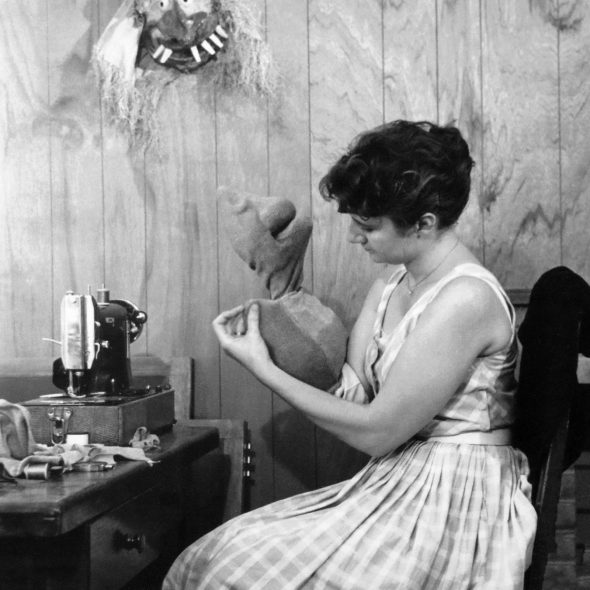
First off, Jane is one of Jim’s earliest collaborators, which means she helped to shape the Muppets into the form that would make them famous, both metaphorically and literally. For “Sam and Friends” and the Wilkins Coffee commercials, Jane built roughly a quarter of the puppets used for the show, including the aforementioned Chicken Liver, Mushmellon, Omar, and Wilkins. As a performer, she helped to develop the puppetry style that would make them a success. At the panel ToughPigs hosted at New York Comic Con last year (which you can conveniently watch here), Muppet performer Ryan Dillon explained that Jane came up with the technique of the puppeteer dropping their thumb to give the illusion of talking, as opposed to the instinctive way of flapping the other fingers. This more closely resembles how a human mouth works, and that small chance would make the characters appear to talk more realistically, which made them more believable in the medium of television. In fact, when Jim decided to take some time off from the show in the summer of 1958 to travel to Europe, Jane essentially kept the show running with Bob Payne. Without Jane’s support, Jim may not have grown and gained the experience that would make him Jim Henson.
Eventually, as more puppeteers came in and she had more children with Jim, Jane would slowly step back from the Muppets, though not completely away, as she continued to occasionally perform on shows “Sesame Street,” all the way through the early days of “The Muppet Show.” Even though she wouldn’t be a regularly active player in the Muppet world, putting her focus on raising her children, Jane’s creativity remained strong, helping to found The Mead School in Connecticut, taking a deep interest in its art program, while continuing to create art of her own. She was crucial to the development of the Muppets, and while there have been efforts to recognize her in recent years, she still deserves more credit for her works.
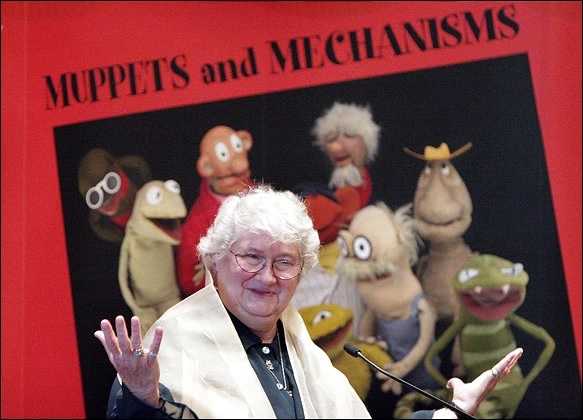
But why Jane specifically, especially when there are plenty of other women who also deserve a bigger spotlight? Beyond the accomplishments I’ve already mentioned, as I started to read more about Jane, particularly in “Jim Henson: The Biography” and “Sam and Friends: The Story of Jim Henson’s First Television Show,” the more I found her own story intertwined, but not completely attached to Jim’s. While Jim’s personality was more subdued and quiet, Jane was more outspoken about her feelings, which sometimes put the couple at odds, as Brian Jay Jones eloquently explained in his biography. Eventually the two separated, but somehow, despite their diverging paths, they still cared about each other, so much that Jane still took care of him in the final hours of his life.
Jones’ account of their marriage still fascinates me, even years after I first read the biography. In addition to being a creative force in her own right, her story helps give a fuller picture of Jim, his loves, and yes, even his flaws. Given his extensive creative legacy and well-regarded personality, it’s easy to see Jim Henson as this somewhat superheroic figure who did it all on his own, but when you hear about certain significant events from Jane’s perspective, it makes him seem more human, and I think that’s where his real importance lies.
The people around Jim helped him become the legendary figure that keeps us coming back for more (and, you know, writing about it on certain Muppet fan websites). And even after his passing, even after all the good and the bad she had been through with him, she kept the focus on Jim, downplaying her own contributions. She founded The Jim Henson Legacy to keep people engaged with Jim and his work, and appeared at countless events in her husband’s honor. That is absolutely selfless and a testament to the devotion she had for him. At the Comic Con panel, Craig Shemin noted how she always seemed to downplay her individual work on “Sam and Friends,” wanting to keep Jim’s legend “a clean story.” What inspired her to keep Jim’s legacy alive, even at the expense of her own recognition? This is a question I would love to hear the answer to.
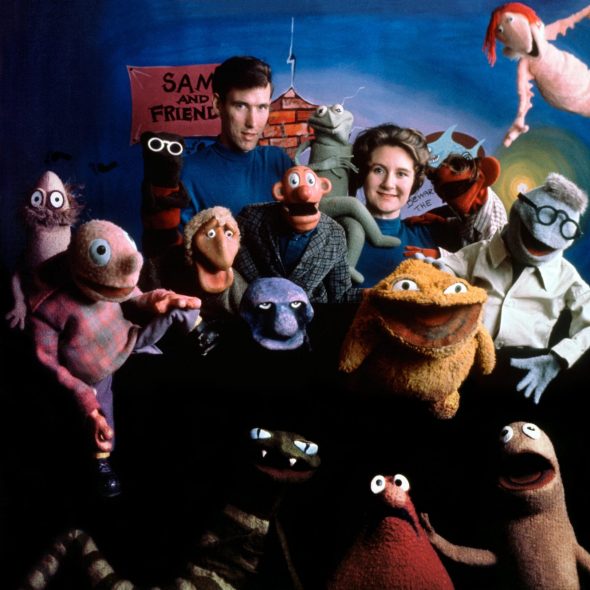
I think it’s safe to say that nobody becomes a creative force without help. Walt Disney had a team of animators and Imagineers to bring ideas to life. The Beatles had plenty of producers and session musicians. Heck, even I have Joe, Ryan, and Jarrod to bounce ideas off of and help me hone my work into what you read. Jim Henson had an army of performers, puppet builders, technicians, writers, and business executives to help him fulfill his creative dreams. Each of those people have a unique perspective and a story to tell. For too long, Jane let herself stay in the “partner-turned-wife” role. She deserves to be celebrated as an artist in her own right, and I hope that someday, some author or documentarian shows the world just who Jane Henson really was.
Special thanks to Craig Shemin and Brian Jay Jones for inspiring this editorial.
Click here to move just your thumb on the ToughPigs forum!
by Matthew Soberman – Matthew@ToughPigs.com

